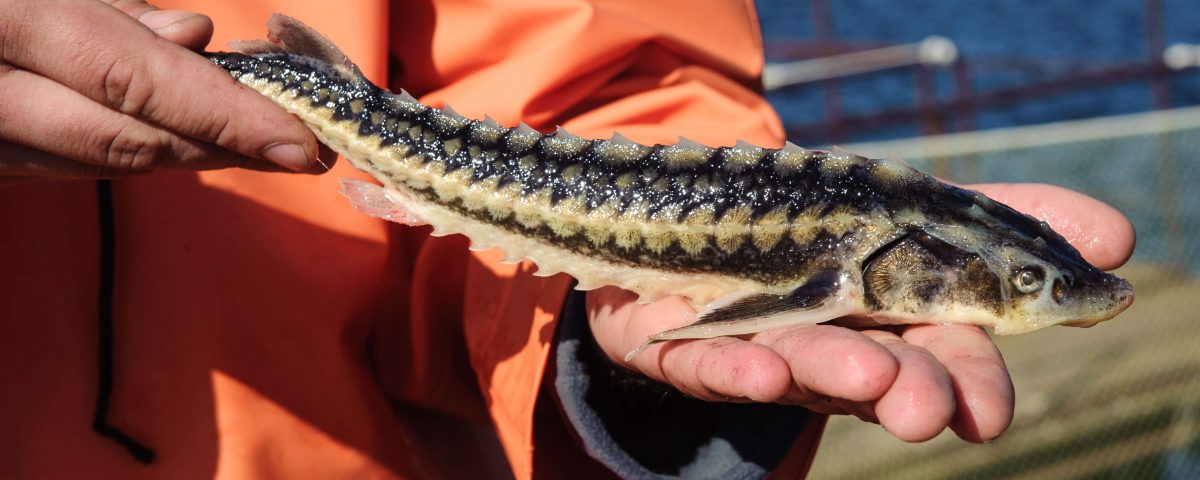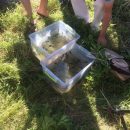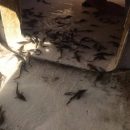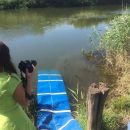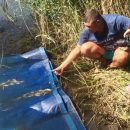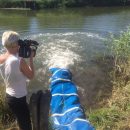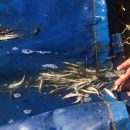During the summer of 2016, 170,000 new residents were welcomed to the Ukrainian city of Mariupol. They were Azovsky sturgeon delivered from the Dnipro Sturgeon and Experimental Manufacture Factory, located several hundred kilometers west in the Kherson region. Sturgeon were being raised in the factory under artificial conditions.
But this event was in no way an immigration. In fact, the occasion was more of a homecoming, as the fish returned to their native river environment.
The parents of these juvenile fish were rescued from the Pavlovpol fish farm in the Volnovakha district of the Donetsk region in September 2015. At the time, there were almost no resources left to feed the Russian sturgeon and beluga. The farm was on the verge of collapse [amid the conflict in the region].
But thanks to a special operation by the Security Service of Ukraine, three tons of sturgeon were rescued. There was only one option — to move the fish to Kherson.
According to Alexy Egorov, Director of Donfiltr, Ltd., the fish were given to the state in order to save the sturgeon population. He added that current efforts to reintroduce juvenile sturgeon are an investment in the future of the Sea of Azov. People nowadays no little about fish native to the sea, especially the Azov Sturgeon.
The choice of location for the event was no accident. Nina Getmanenko, chief of hydro-biological research at the Fish Farm and Sea Ecology Institute in Berdyansk, said that finding the right location was an important decision.
“Sturgeon are very sensitive to their surroundings,” she said. “Our specialists researched the Azov seaside, and had a difficult time finding the proper conditions, even in Berdyansk. Only the Kalmius River had the correct level of oxygen, salinity, and temperature. These juveniles were moved specifically to the place where their parents would have grown. We are very proud that we could save such a unique species.”
A special machine was used to transport juvenile fish to Mariupol. The machine was equipped with a constant supply of oxygen. Releasing the baby fish looked like a waterpark ride, as six chutes were used to move the water.
The most important task is to ensure that sturgeon are not caught by poachers and their nets. Unfortunately, the survival rate is very poor — just 10 percent.
Juveniles take about one week to adapt to the bottom of the Kalmius River and make their way to the Sea of Azov. They will return 10 years later to spawn. For now, we must wait…
P.S. According to the Fish Farm and Sea Ecology Institute, only a few hundred Azov Sturgeon currently live in the Sea of Azov. This species is considered an Endangered Species listed in the Red Book
